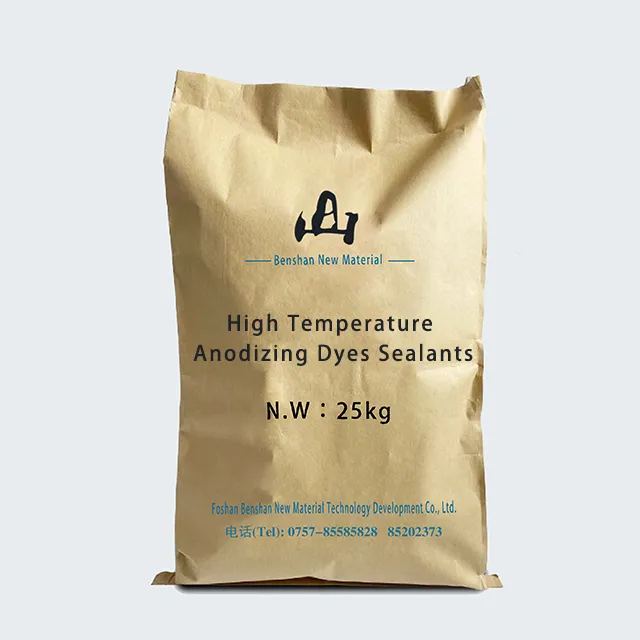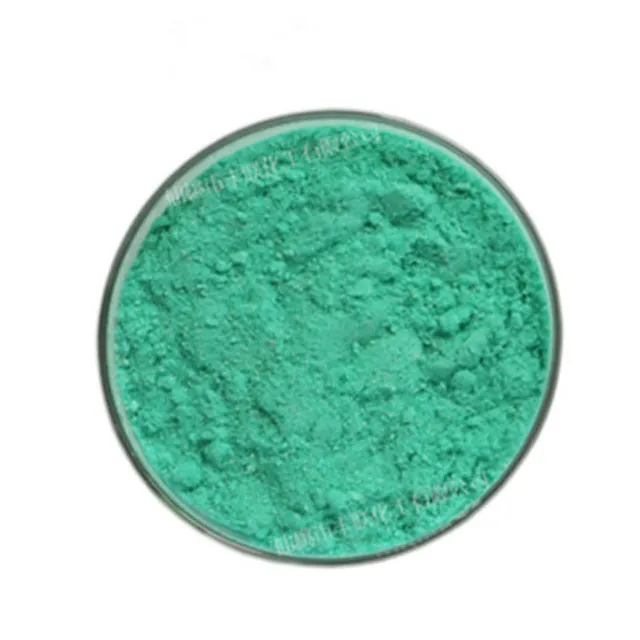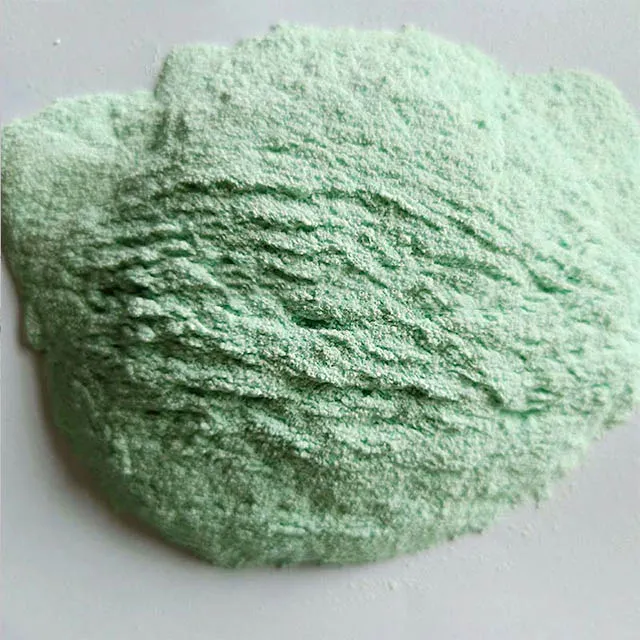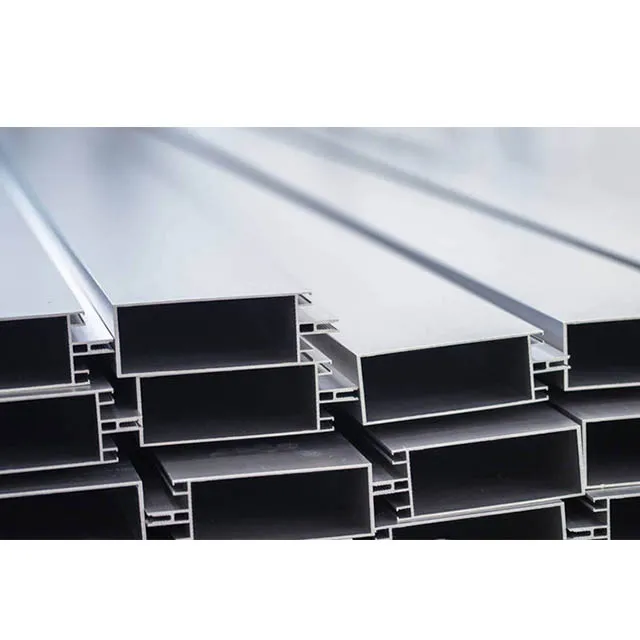
What is the surface treatment of anodized aluminum?
2024-07-23 15:30
The nature of aluminum determines that its surface is easily oxidized, and its monotonous silvery white color cannot meet many decorative and functional needs. In order to solve these problems, anodization emerged as an important surface treatment technology.
This article will analyze the surface treatment process of anodized aluminum in detail, revealing its core principles and practical operations in industrial applications.

What is the basic principle of anodizing?
Anodizing is an electrochemical process that uses electric current to create a dense oxide film on the surface of aluminum. This oxide film can not only significantly improve the corrosion resistance and wear resistance of aluminum, but also give aluminum a variety of colors through dyeing treatment, improving its decorativeness and functionality.
The basic principle of anodizing is to use aluminum products as anodes, place them in the electrolyte, and apply direct current. Electric current passes through the electrolyte to oxidize the aluminum surface, forming an aluminum oxide film. The thickness and properties of the membrane can be controlled by adjusting parameters such as electrolyte composition, current density and treatment time.

What is the process flow of anodizing?
The surface treatment of anodized aluminum mainly includes the following steps: pretreatment, anodizing, coloring and sealing. Each step has its specific operating methods and technical requirements.
1. Preprocessing:
Pretreatment is a key step to ensure the effect of anodizing, mainly including cleaning and surface treatment.
●Cleaning: Use alkaline or acidic solutions to clean the aluminum surface to remove grease, dirt and oxide layers. The purpose of this step is to ensure that the aluminum surface is clean so that subsequent oxidation treatments can proceed smoothly.
●Surface treatment: According to the requirements of the product, mechanical polishing, chemical polishing or electrolytic polishing can be carried out to make the surface smooth and flat. Mechanical polishing makes the surface smooth through grinding, chemical polishing uses chemical solutions to remove surface irregularities, and electrolytic polishing makes the surface smooth and bright through electrochemical reactions.
2. Anodizing:
The pretreated aluminum products are placed into an electrolytic bath, usually using sulfuric acid as the electrolyte. Direct current is applied, aluminum serves as the anode, and an electrochemical reaction occurs in the electrolyte to form an aluminum oxide film.
●Selection of electrolyte: Sulfuric acid is the most commonly used electrolyte, but according to different application requirements, oxalic acid, chromic acid or other special electrolytes can also be used.
●Current density and time: Current density and treatment time determine the thickness and porosity of the oxide film. High current density and long processing time can form a thick and dense oxide film.
3. Coloring process:
The oxide film formed after anodization has a porous structure and can be colored by adsorbing dyes or metal salts.
●Adsorption of dyes: Immerse the oxidized aluminum products into a solution containing dyes. The dyes enter the pores of the oxide film through capillary action to form a uniform color.
●Electrolytic coloring: Electrolysis is performed in a solution containing metal salts, and metal ions are deposited in the pores of the oxide film to form a stable color. For example, by using nickel or cobalt salts, black or dark blue surfaces can be obtained.
4. Sealing process:
Colored aluminum products need to be sealed to improve the corrosion resistance and color stability of the oxide film. Commonly used methods include hot water sealing and chemical sealing.
●Hot water sealing: Immerse aluminum products in boiling water to close the pores of the oxide film and form a dense structure.
●Chemical sealing: Use a solution containing nickel salt or cobalt salt for sealing treatment, and the chemical reaction closes the pores of the oxide film.

What are the advantages of anodizing?
As an important surface treatment technology for aluminum and its alloys, anodizing has the following advantages: improved corrosion resistance, enhanced wear resistance, improved decoration, electrical insulation, environmental friendliness, etc.
1. Improve corrosion resistance:
The aluminum oxide film formed by anodization has a high degree of chemical stability and can effectively prevent the aluminum matrix from corrosion. Especially in areas with severe marine environment or industrial pollution, the corrosion resistance of anodized aluminum is particularly outstanding.
2. Enhance wear resistance:
Aluminum oxide film has high hardness, which can significantly improve the wear resistance of aluminum products, making them less likely to be scratched or worn during use.
3. Improve decoration:
Through anodizing, various colors of coloring can be achieved on the aluminum surface to meet the needs for decorative effects in different fields. For example, areas such as architectural decoration and consumer electronics casings all require rich colors and beautiful appearances.

4. Electrical insulation:
Aluminum oxide film has good electrical insulation properties, giving anodized aluminum a wide range of application prospects in the electronic and electrical fields.
5. Environmentally friendly:
The anodizing process usually uses non-toxic, harmless electrolytes and has little impact on the environment. At the same time, anodized aluminum products will not produce harmful substances during the recycling process and meet environmental protection requirements.
To sum up, the surface treatment of anodized aluminum can significantly improve the corrosion resistance, wear resistance and decorative properties of aluminum through steps such as pretreatment, anodizing, coloring and sealing. Through scientific selection and rational application of anodizing processes, companies can significantly improve product quality and production efficiency.








